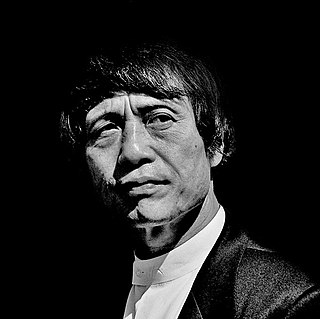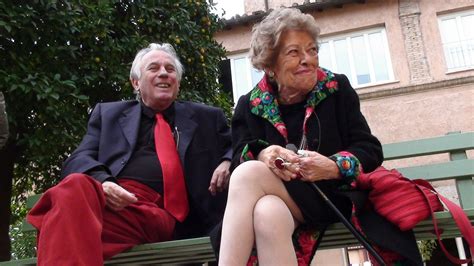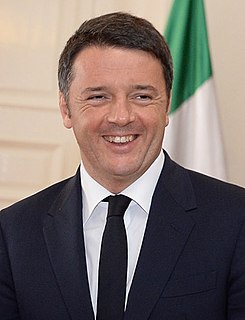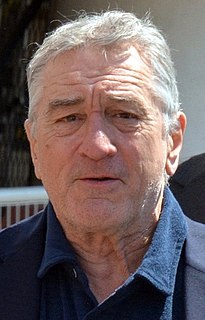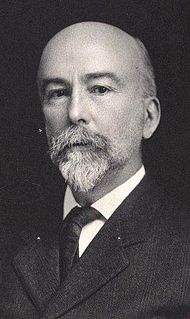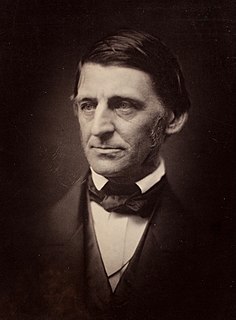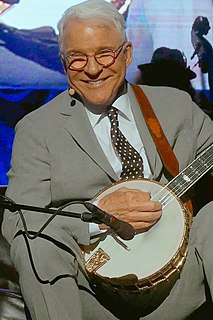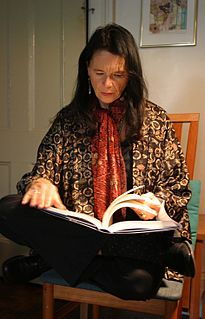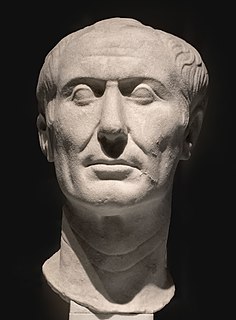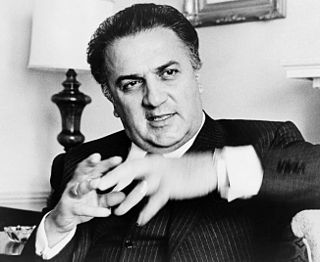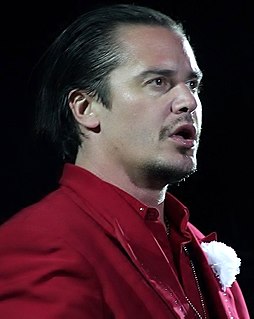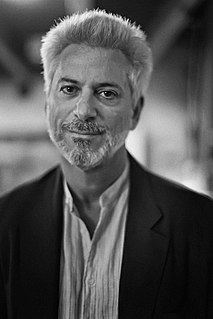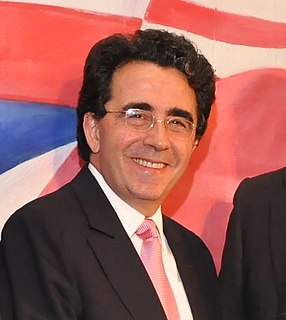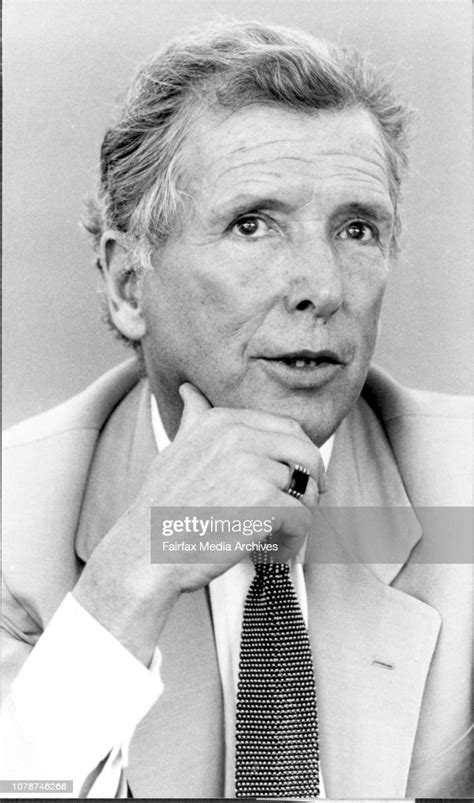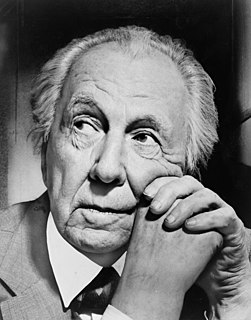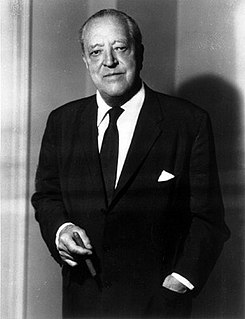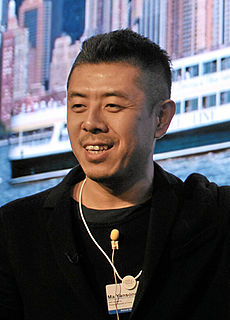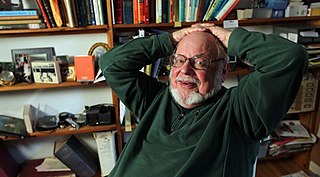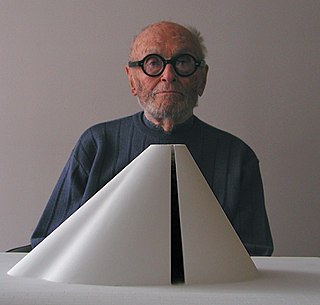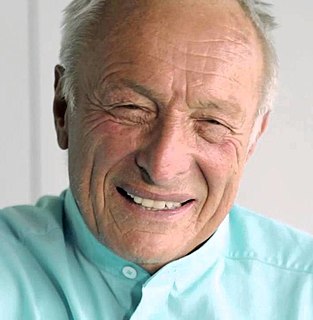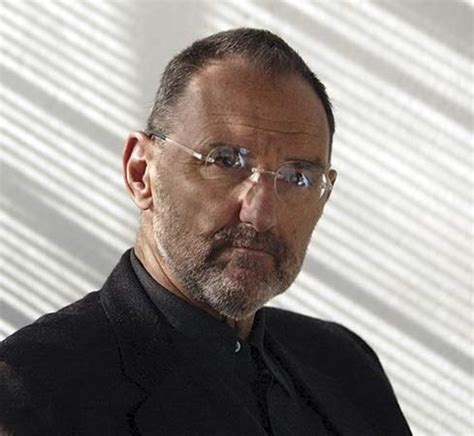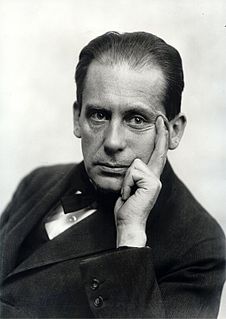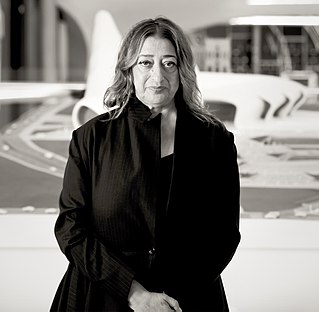A Quote by Tadao Ando
In Italy, there are so many significant architectural structures in history such as the Pantheon in Rome, or the Duomo.
Quote Topics
Related Quotes
The meaning of geography is as much a sealed book to the person of ordinary intelligence and education as the meaning of a great cathedral would be to a backwoodsman, and yet no cathedral can be more suggestive of past history in its many architectural forms than is the land about us, with its innumerable and marvellously significant geographic forms. It makes one grieve to think of opportunity for mental enjoyment that is last because of the failure of education in this respect.
I am ashamed to see what a shallow village tale our so-called History is. How many times must we say Rome, and Paris, and Constantinople! What does Rome know of rat and lizard? What are Olympiads and Consulates to these neighboring systems of being? Nay, what food or experience or succor have they for the Esquimaux seal-hunter, or the Kanaka in his canoe, for the fisherman, the stevedore, the porter?
To conjure a particular knowledge you visualize an architectural structure and then you walk around and see the details that then bring back the words or the poetry or the lines of thought. Memory's going extinct because we rely on machines and copies and so on. The idea of working with structures that conjure dreams, personages, history, time, that can be contained in this way as you walk through your mind, is a challenge.
Many of you wished me dead. Many of you perhaps still do. But I
hold no grudges and
seek no revenge. I
demand only this...that
you join with me in
building a new Rome, a
Rome that offers
justice, peace and land to all its citizens, not just the privileged few. Support me in this task, and old divisions will be forgotten. Oppose me,
and Rome will not
forgive you a second
time. Senators, the war is over.
In 'Roma,' I wanted to get across the idea that underneath Rome today is ancient Rome. So close. I am always conscious of that, and it thrills me. Imagine being in a traffic jam at the Coliseum! Rome is the most wonderful movie set in the world... As was the case with many of my film ideas, it was inspired by a dream.
I have written a wicked book, and feel spotless as the lamb. Ineffable socialities are in me. I would sit down and dine with you and all the gods in old Rome's Pantheon. It is a strange feeling--no hopefulness is in it, no despair. Content--that is it; and irresponsibility; but without licentious inclination.
I lived in Italy for quite a while and married an Italian woman. While there, I immersed myself in the complete culture: the music, art, literature, film, food, and history. It's easy to fall in love with. As a country, Italy does a good job of holding onto its rich traditions and culture. There's a real lack of embracing history in America.
I moved from Moscow to Rome with my family and two bicycles in 1998, and spent a lot of that year- and the next - obsessed, I am sorry to admit, with the bicycles. Italy, after all, was a place where thousands of middle-aged men felt perfectly comfortable spending many hours a week in brightly colored spandex.
When I was in architecture school, I became curious about the exact mathematics, physics, and construction of the great structures I had been studying. I wanted to know how these amazing things would work: the Pantheon, the dome of Michelangelo, the dome of Brunelleschi. So I decided to study civil engineering.
